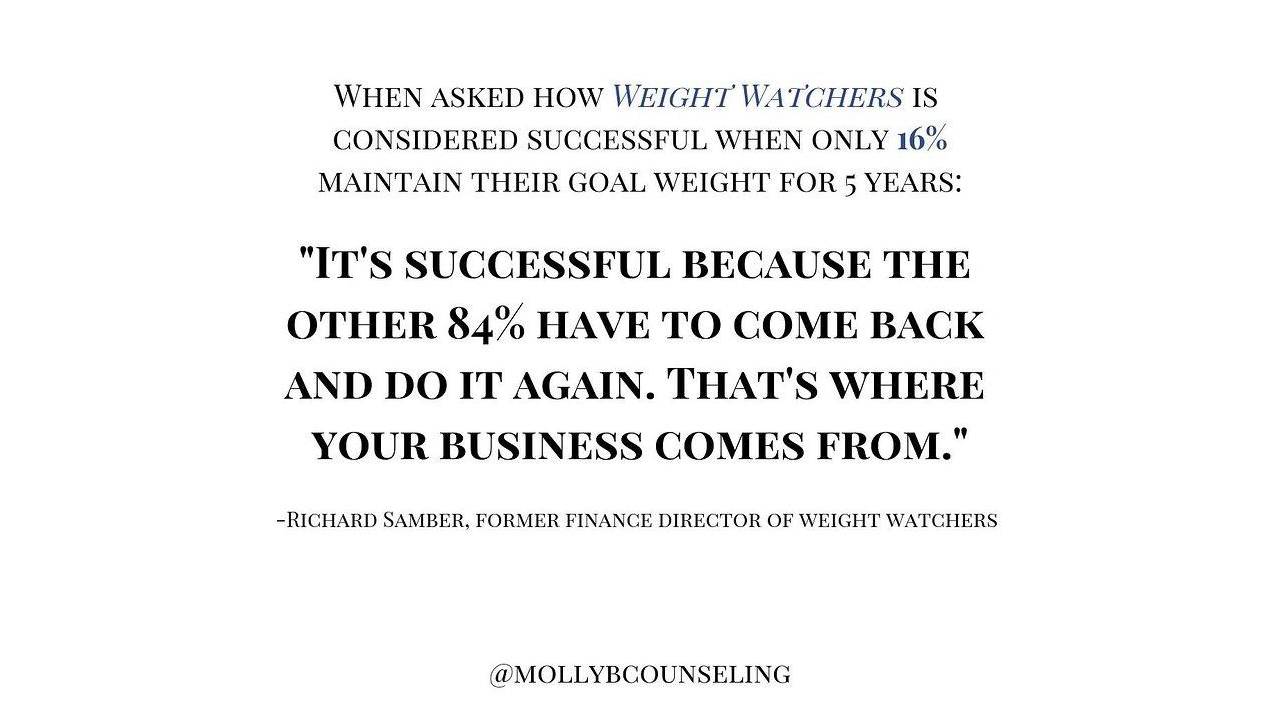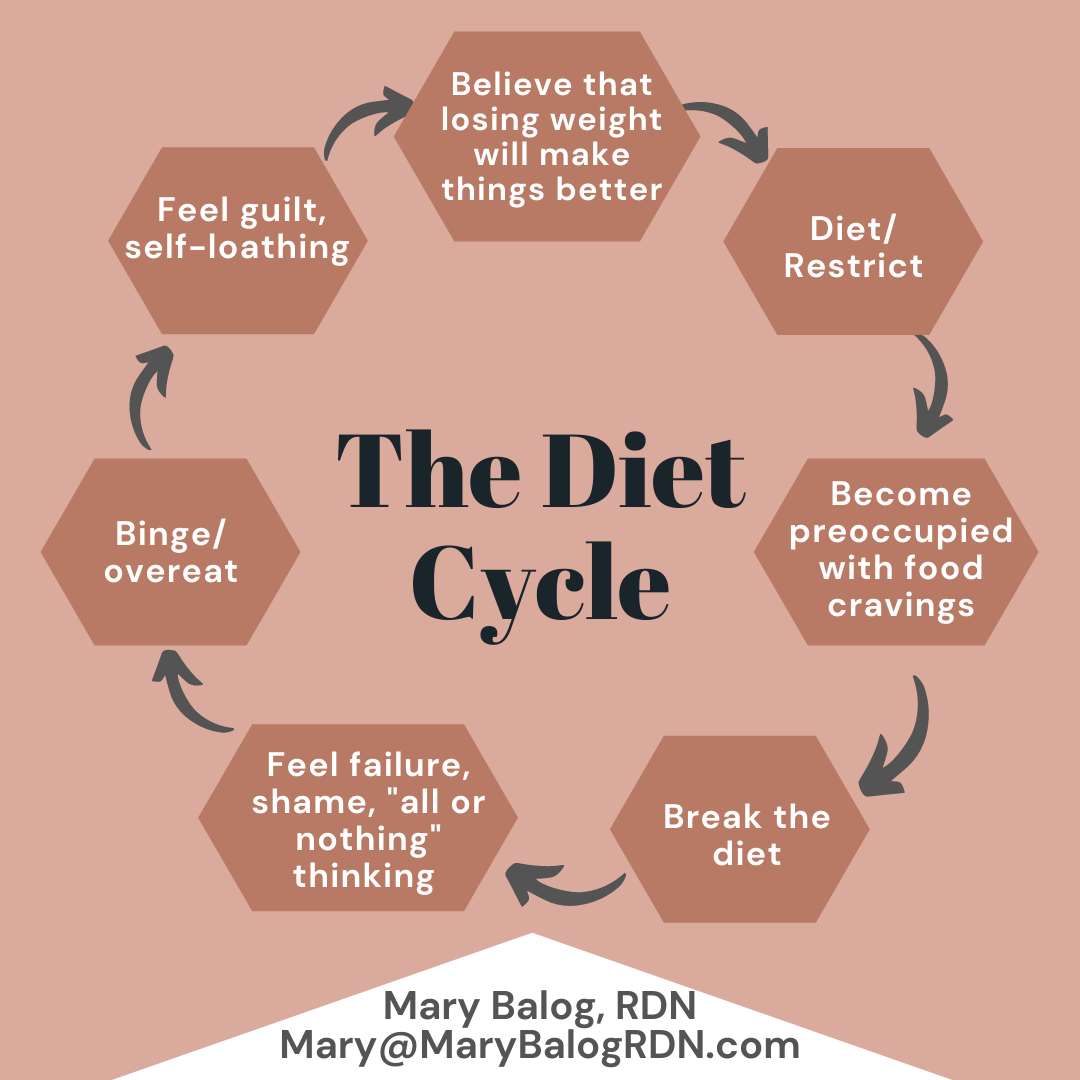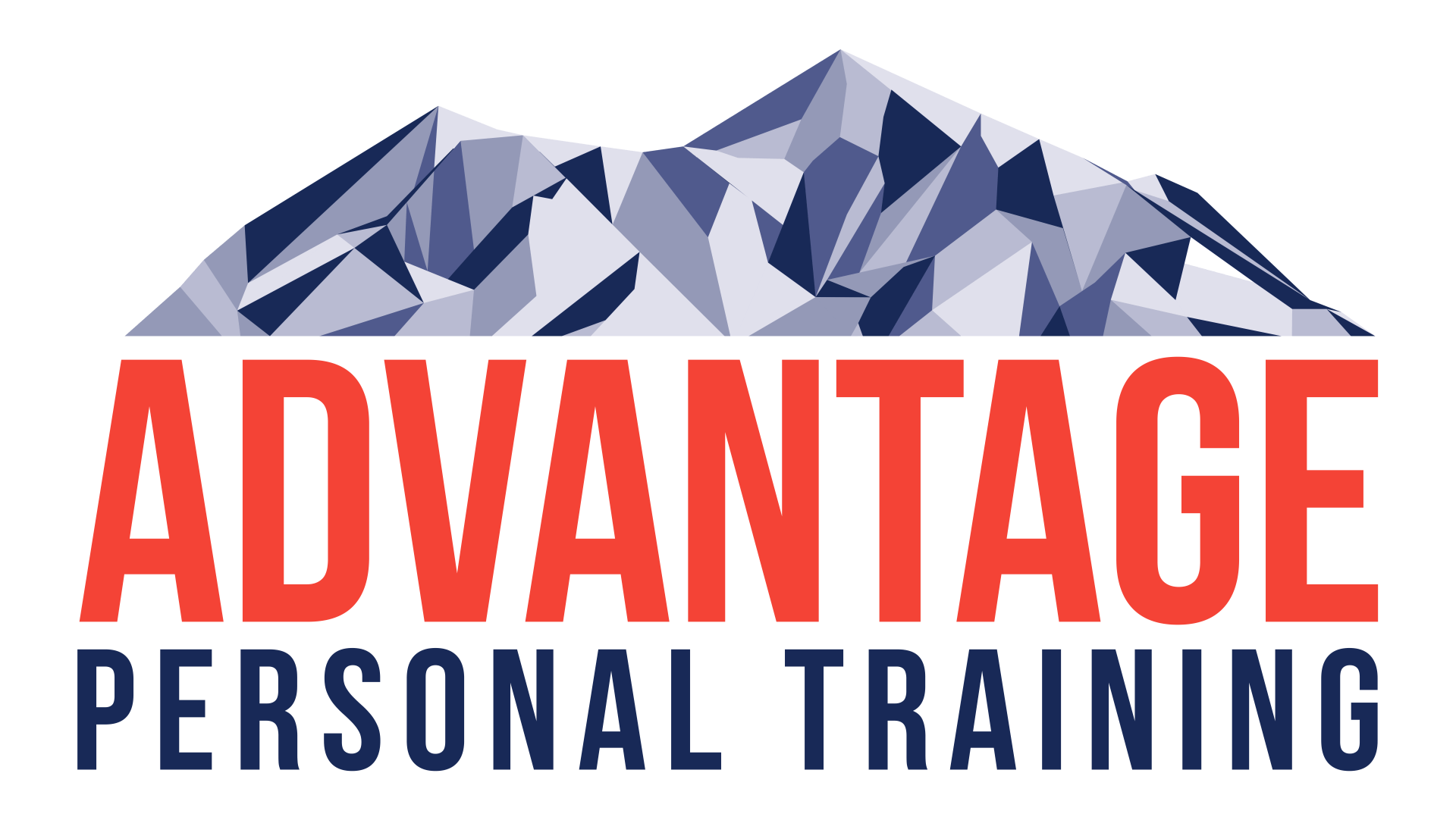Therapy Thursday: Busting Myths On Bulging Discs…and other stuff too
Low back pain is one big trouble maker of the modern world. Most of us experience it at some point and if you have one round of back pain you’re much more likely to experience a second round and beyond. Some of it probably has to do that most of us sit at desks, then go home and sit on the couch for a few hours then curl up into a ball and sleep all night. I personally have had multiple episodes of back pain spanning from a high school football player up through my adult and professional life.
It’s a weird thing being a physical therapist. We help our patient’s get better every day but sometimes we have our own issues. We’ve talked in blog posts prior to this about what pain is and how it works. There have been mentions of MRI (or other imaging) results having minimal influence on the reason someone is actually having back pain. Back pain also tends to persist in those who may be in worse emotional or socioeconomic states.
I’ve written several blogs on the issue of pain because I believe that it is the most important thing we can do for our patients, to educate them on pain. Knowing what pain is and isn’t can go a long way in improving one’s own status.
I had an MRI in October 2012 as I had severe back pain and numbness in my leg. Even as someone who studies this stuff for a living, I FREAKED OUT when I saw the results and thought my life was destined to be walking around hobbled over like the Hunchback of Notre Dame (aka Rudy). Shall we read my MRI result? Yes….we shall.
L2-L3: Mild disc bulge seen slightly effacing the thecal sac and mildly encroaching on the inferior neural foramina bilaterally.
L3-L4: Mild loss of disc height and disc desiccation seen. Broad-based disc bulge with possible annular tear seen causing flattening of the thecal sac without significant spinal stenosis. There is mild encroachment on the neural foramina bilaterally. Mild facet hypertrophy seen.
L4-L5: Mild loss of disc height and broad based disc bulge seen causing flattening of the thecal sac and mild encroachment on the left lateral recess. Is also mild encroachment on the inferior left neural foramen without impingement of the exiting nerve root. No right neural foraminal narrowing is seen. Mild facet hypertrophy noted.
L5-S1: Large right para midline and subarticular disc protrusion is seen deforming the descending right S1 nerve root within the lateral recess. There is no significant distortion of the thecal sac. There is mild narrowing of the right neural foramen without definite impingement of the exiting right L5 nerve root. Mild left lateral disc bulge seen mildly encroaching on the inferior left neural foramen.
No paraspinal abnormalities are seen.
I get it, that all looks like a bunch of big words that no one understands. The worst part of that MRI result is that you will get their result mailed to them, read it, and freak out because it makes no sense but looks pretty terrible.
Notice the first 3 paragraphs and how there is quite a bit going on there. Loss of disc height, broad based disc bulge, annular tears,, facet hypertrophy. None of that correlates to any of the pain that I have ever had. It’s just there.
The last paragraph did correlate to my symptoms. A disc herniation with impingement on a nerve root. This statement is to say that sometimes the MRI matches up with what you’re feeling and sometimes it doesn’t.
Research has shown over and over again that many people who have never had low back pain before have MRI results that look eerily similar to that of mine. Research has also shown that results may depend upon the position that you’re in during an MRI. I can tell you that the position that I was in (more of a spinal flexed position) would leave me more prone to show disc protrusions. Take a look at these three recent studies.
Each Graph Courtesy of The Sports Physio: Adam Meakins.
It’s pretty astounding to know that after your 20’s you have a 50/50 show of disc degeneration and disc bulges even if you don’t have pain in your back and upwards of a 60% chance of disc bulges in your neck without neck pain. Do some of my findings correlate with the last graph? If you need help, the answer is yes they do look a lot like that last graph.
This is why direct access to your physical therapist is important. It is generally cheaper and more effective to get therapy early. In many cases, you’ll never have to visit your doctor, then a specialist, and then get an x-ray, MRI, potentially injections or medications. It is much easier to get to the root of the problem right away rather than beat around the bush for a month or more. Sometimes it is 3-4 months before we get people who were having back pain. 
Did you know that in Michigan you are now allowed to visit your PT before going to your physician? January 1, 2015 S.B 690-694 (Now PA 260-264) grant your physical therapist the ability to evaluate and treat you for 21 days without a physician referral. What if you don’t have substantial improvement in 21 days? Then I (or your PT) have to send a plan of care to your primary care physician who can then decide to sign it and allow treatment or have you come in for a visit with them. Direct access physical therapy is a win-win for everyone. Generally, the quicker you get seen in relation to your injury the more pain, anxiety, and discomfort of your injury we can improve more quickly. It offloads the primary care physicians schedules so they can deal with the things they do the best, it is cheaper for everyone, it can eliminate expensive and mentally exhaustive testing/results/treatments that don’t always matter, and most of the time gets you back to the things you want to do quicker.




Advantage Personal Training is an Ann Arbor based Family Oriented Gym, focusing on the training needs of individuals, small groups and youth athletes. Meet with a results-oriented personal trainer and put yourself on the path to a more active life!
SERVICES
CONTACT INFORMATION
Hours of Operation
Mon to Fri: 6:00 AM - 8:30 PM
Sat: 8:30 AM - 12:30 PM
Sun: CLOSED
All Rights Reserved | Advantage Personal Training






